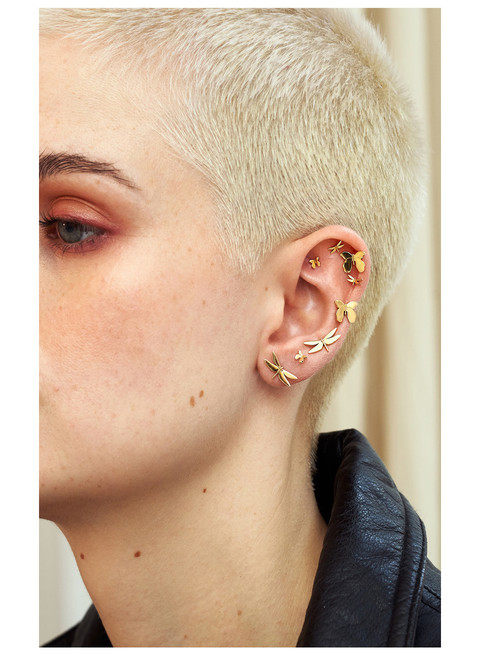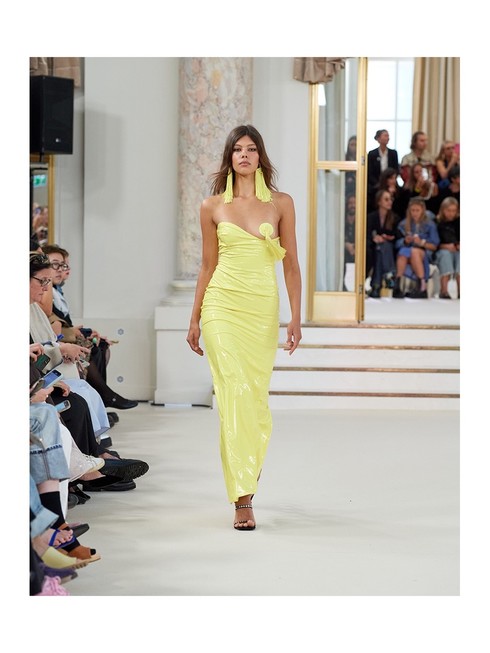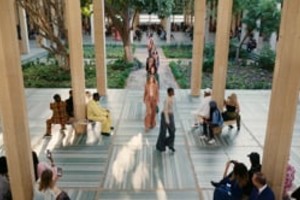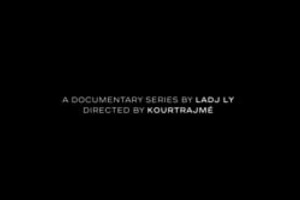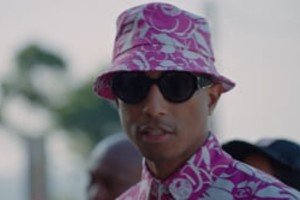Mark Kenly Domino Tan SS24 Interview
Written by Ulrika LindqvistAn interview with Caroline Engelgaar, creative director of Mark Kenly Domino Tan.
UL:Please tell us about the process in creating the ss24 runway show?
CE: Our first step is always to gather inspiration and develop a mood board that serves as our guiding inspiration. Once we have a clear vision, we begin creating the collection, where we focus on shaping the designs and carefully curating the materials. After this stage, we unleash our creativity in our in-house Copenhagen atelier, working closely alongside our skilled tailor and pattern maker to carefully refine and integrate abstract, voluminous, and exquisite details into the designs we're showcasing at the SS24 show.
After finalizing the inspiration for our collection and commencing the design development, our next step has been bringing everything to life for the show.
With a strong focus on coherence and sensory experience, we put a lot of effort into ensuring that everything works together harmoniously, from our initial inspiration to the choice of location, music, and model cast. Throughout the process, we have meticulously honed the interplay of senses, space, music, and the tactile qualities of materials, breathing life into our show and allowing the audience to fully immerse themselves in the textures and emotions conveyed through our designs.
We always keep our own heritage in mind with every decision we make, and this sentiment also reflects our choice of venue as the historical and cultural significance of our locations holds great importance to us. That's why, for the SS24 show, we selected the enchanting outdoor setting of Glyptoteket's garden, surrounded by nature's elements. The collection itself draws inspiration from the boundless wonders beneath, above, and along the ocean, making this location a beautiful outdoor backdrop to present the SS24 collection and I am incredibly excited to see everything come to life during Copenhagen Fashion Week. It's the best part of the whole process, witnessing our vision come to fruition.
UL: What does the SS24 collection represent and what was the main inspiration for this collection?
CE: The Spring Summer 2024 collection “Ocean” is a homage to the beauty of the ocean. We found inspiration in the subtle and abstract life surrounding the coast, which led us to reinvent the refined riviera pieces from the 1920s and 1930s. The collection has a poetic and tactile feel, with a color palette inspired by the calming shades of sand and sea, giving it a sophisticated and understated look.
Our exploration of the ocean took us below and above the surface, studying its natural forms and treasures. This inspired us to include pearls in the collection, paying tribute to the incredible Korean pearl diving women known as Haenyeo, who have been diving off South Korea's southern coast for generations without oxygen, some even in their 90s. We worked with exclusive materials like the finest linen silk, playing with volume and movement to create a wave-like flow in the fabrics, symbolizing the dynamic and ever-changing essence of the ocean.
I would say that the SS24 embodies two facets - a timeless everyday wardrobe with all the essential elements, and a more exclusive side where we'll be unveiling our atelier collections during the upcoming show. We're excited to embark on an artistic journey, delving deeper into design possibilities, experimenting with captivating silhouettes, and pushing creative boundaries with our atelier pieces. The idea of creating an atelier collection has been on our minds for quite some time, and we're excited to finally share that we'll be featuring an atelier collection with each main collection from now on. It's been a journey we've pondered and worked on, and I’m pleased to finally see it realized.
UL: What was the biggest challenge creating your ss24 collection?
CE: The biggest challenge has been creating high-quality products that fit within our price range, especially with the impact of rising production and material costs in the current global landscape. We continuously work towards incorporating more sustainable practices and avoiding plastics, but striking the right balance can be a bit challenging at times. However, we firmly stand by our values and remain dedicated to delivering products we can be proud of, even amidst the challenges posed by the current global situation.
UL: How would you describe the MKDT woman?
CE: I would describe her as the perfect blend of timeless elegance and daring confidence. Determined to stand out, she complements her sophisticated taste with audacious decisions. Her individuality shines through her choices, as she effortlessly blends classic and contemporary elements. An interesting aspect of her style is her appreciation for vintage men's pieces, which she artfully integrates into her outfits. She also values craftsmanship and seeks clothing that not only looks beautiful but also makes her feel empowered and authentic.
Her wardrobe is a curation of well-thought-out pieces that stand the test of time, allowing her to express her creativity and versatility in different settings. Sustainability and ethical practices are also important to her, making her a conscious and responsible consumer.
UL: What can we expect from MKDT in the future?
CE: We are excited about the growth prospects of our collections, and we are proud to introduce our most extensive men's collection to date, comprising approximately 25 thoughtfully curated pieces. Additionally, we are eager to expand further in the international market. While we have already made strides in the Asian market, our vision is to establish an even stronger presence and continue to grow in this region.
Runway image credits: James Cochrane





